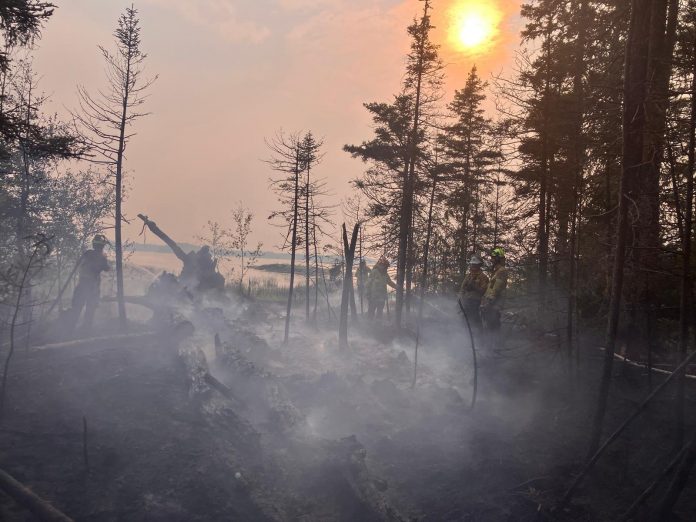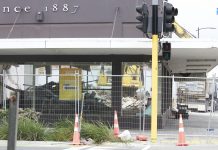Five long weeks, fighting Canadian wildfires day after day, has left an impact on seasoned Hinds volunteer firefighter Tim Clark.
They were the worst he had experienced.
‘‘We saw and were involved in more action in these fires to previous ones I have been to in Canada,’’ Clark said.
‘‘This time we were right on the fire front.’’
The area was very remote.
Unlike his previous trip to Canada, where they were flown in and out each day, this time they ‘‘spike camped’’, meaning they lived in single person tents minutes from the fire front.
‘‘Camping on the fire front with others from the team was great experience and more productive.
“There were days when being (helicoptered) in the due to smoke density we couldn’t get in,’’ Clark said.
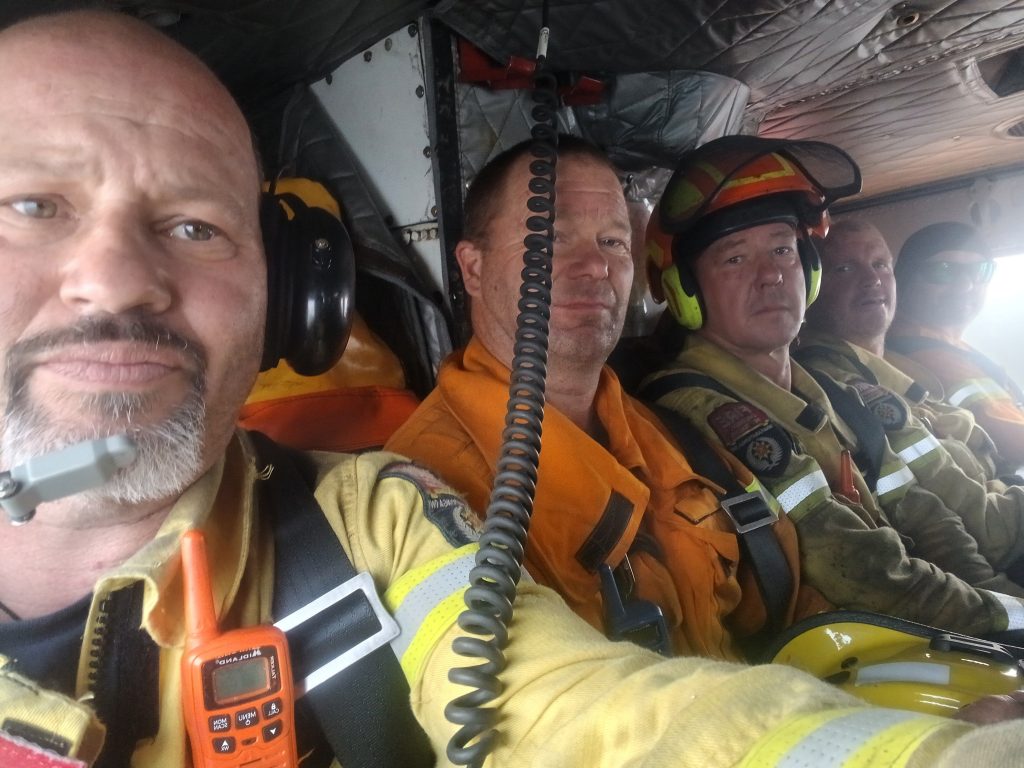
He was a team leader on the deployment which included Ashburton firefighters Warren Maslin and Steve Ochsner.
They were part of the Bravo contingent of 43 New Zealand Fire and Emergency, Department of Conservation and forestry company fireys at the wildfires at Manitoba.
The Manitoba fires were the worst Canadians had experienced in 30 years. Unlike at fires in Alberta, Canada, that Clark went to in 2023, the ground is flat in Manitoba.
It was understood many started from lightning strikes.
‘‘The terrain made it easier to get around and control the fire,’’ he said.
With large areas of spruce boreal trees, fires roared up the trunks of them spreading it quickly.
‘‘We were fortunate that water wasn’t an issue as there is more than 110,000 lakes around,’’ Clark said.
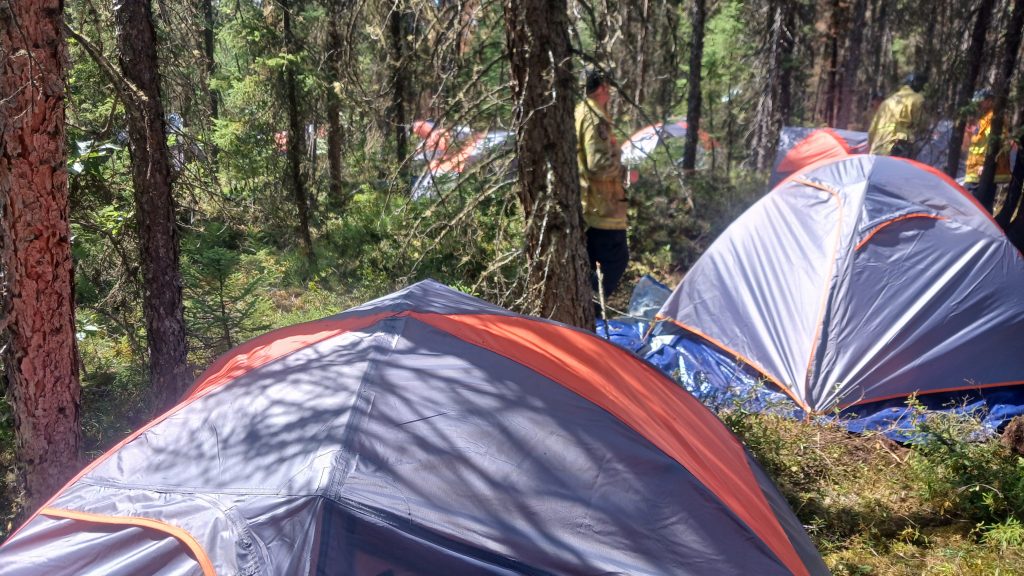
It was Clark’s third international deployment, having previously been to Australia and Canada.
He has also fought New Zealand wildfires, including in the Port Hills, Lake Ohau and Pigeon Bay.
Clark was among firefighters battling two fire fronts in Manitoba, central Canada.
One was across 400ha (30 times bigger than Eden Park), and the other was 178,000ha; Stewart Island is 168,000 ha.
Clark said the experiences and skills gained during his time away would be shared with colleagues in Mid Canterbury and further afield through Fire and Emergency New Zealand.
The local communities and fellow emergency workers were always pleased to see the Kiwis turn up, he said.
‘‘We are well received by the locals and for the firefighters it’s a huge relief knowing they have this support,’’ Clark said.
As such it was not all work, they did enjoy a barbecue with local firefighters and their families, followed by a game of water football.
It was played with a ball and fire hoses; there was also entertainment from the indigenous people of Pimicikamak Cree First Nation.
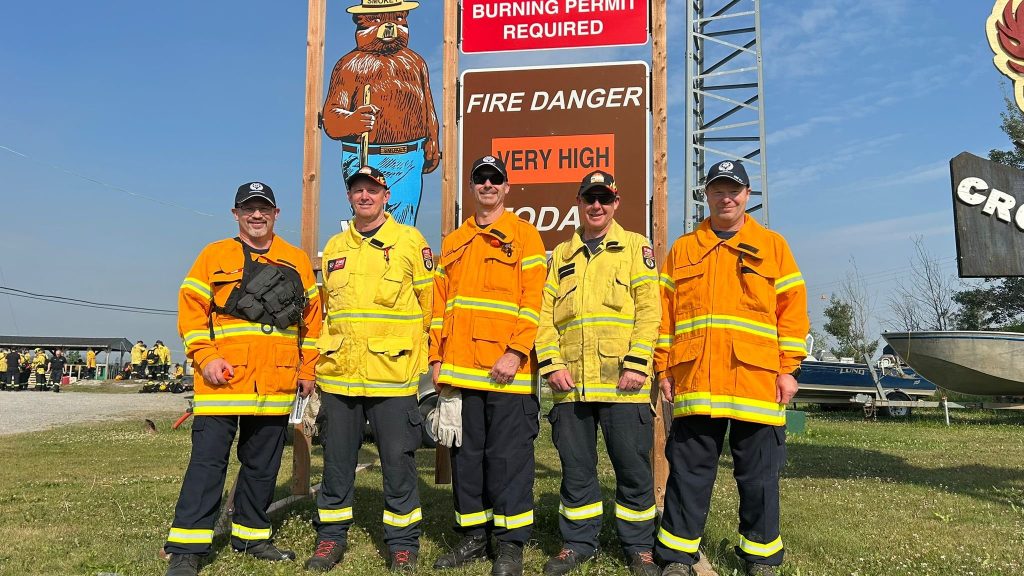
Clark and Maslin were joined by three fellow Mid-South Canterbury Fire and Emergency firefighters from Waimate.
Ochsner was task force leader of the North Island teams.
They were part of the second contingent of firefighters sent to the fire.
At the end of the five weeks, the fires they had been fighting were ‘‘being held’’ and not expected to get any bigger.
Clark said he was most grateful to the support of his family and employer Goodyear Autocare Ashburton, who enabled him to deploy for lengthy periods.
Home now and rested, Clark said he awaits the next call up.
And with the fire seasons about to begin in New Zealand and Australia, that call could come at any time.

